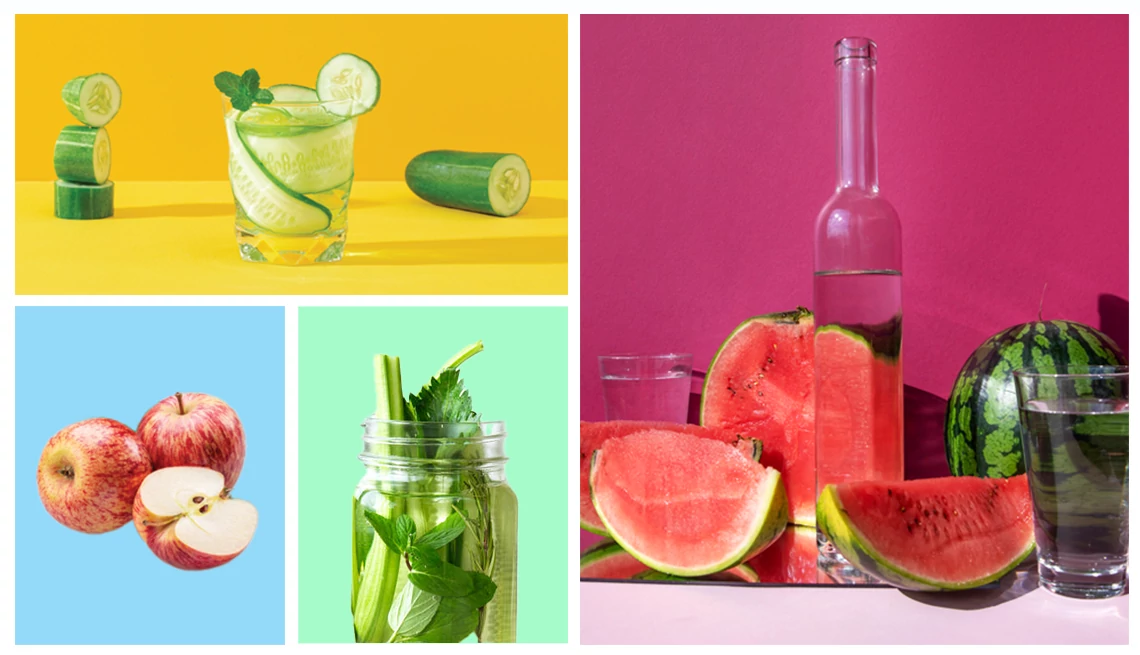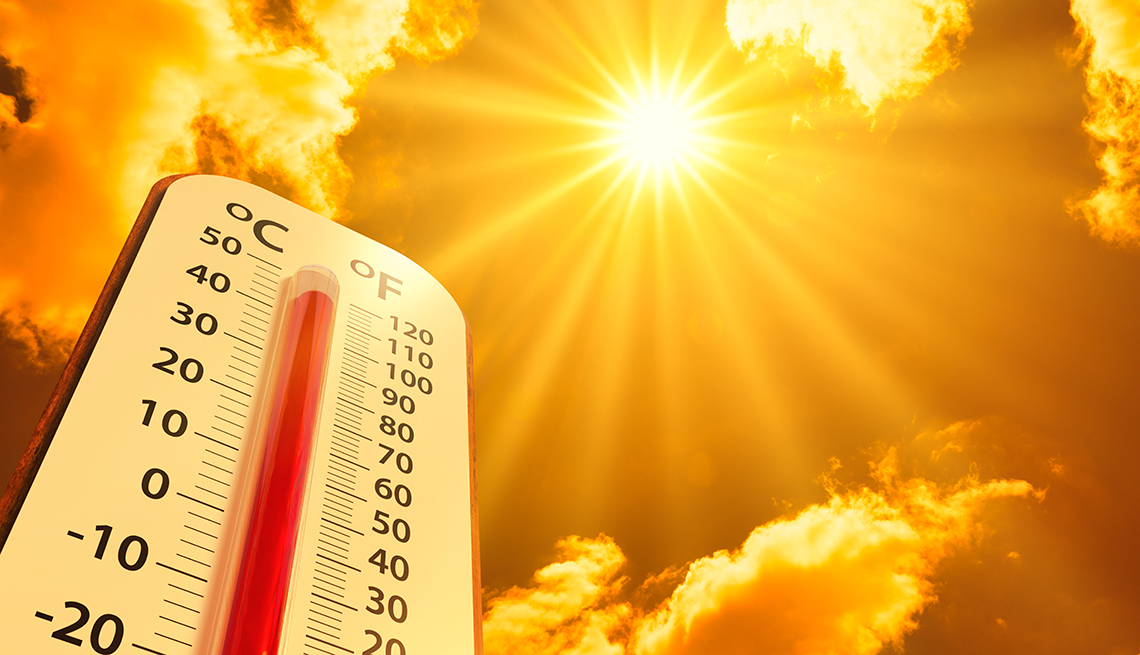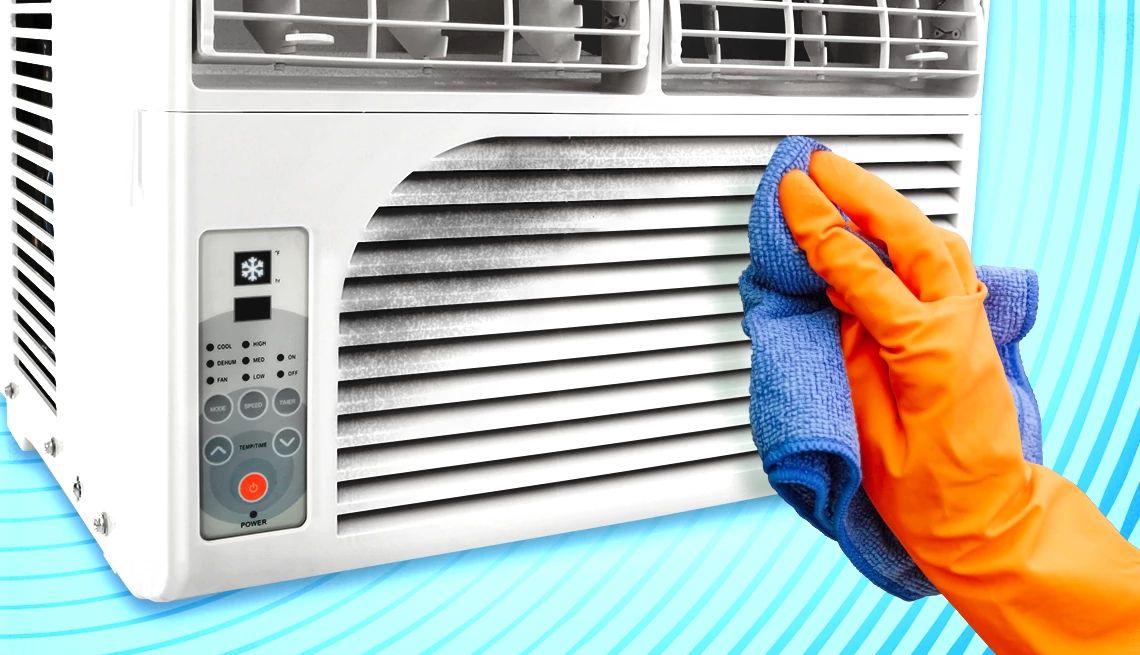AARP Hearing Center


This summer promises to be a scorcher in many parts of the country, so it will be important to drink plenty of water to stay hydrated.
That’s even more important for older adults, who may not drink enough water or are more susceptible to becoming dehydrated, which can cause a host of health problems.


AARP Membership— $12 for your first year when you sign up for Automatic Renewal
Get instant access to members-only products and hundreds of discounts, a free second membership, and a subscription to AARP the Magazine.
“The climate people live in has a big impact [on hydration],” says Bethany Agusala, M.D., medical director at UT Southwestern’s William T. and Gay F. Solomon General Internal Medicine Clinic in Dallas. “In Texas last year, we had more than 40 days in the 100s. You have to be a lot more conscientious about your fluid intake,” says Agusala, who also is certified in lifestyle nutrition.
So, how much water should you consume? You’ve probably heard advice to drink eight 8-ounce glasses (64 ounces) of water a day. But newer recommendations from the National Academy of Medicine say that figure should be higher for adults age 50-plus: about 91 ounces for women and 125 ounces for men. For details, read “Do You Really Need 8 Glasses of Water a Day?”
If the daily drinking-water recommendation seems like a lot to you, there’s a simple solution: Eat more water-rich foods.
The daily recommendation includes water from food as well as beverages other than water. The body typically gets about 20 percent of the water it needs from food.
Dehydration dangers
That’s a good thing because older adults tend to drink less liquid. One study found that up to 60 percent of older adults aren’t adequately hydrated. And a 2019 study published in the journal SAGE Open Nursing found that the reasons for older adults not drinking enough included a long-held aversion to drinking water, forgetting to drink and fear of urinary incontinence.
Furthermore, people experience a decreased thirst sensation after age 65, but that can start developing in your 50s, especially in people who have chronic diseases that affect fluid balance, such as type 2 diabetes, says Janet Mentes, coauthor of the SAGE Open Nursing study and professor emerita at the UCLA School of Nursing. Moreover, older adults tend to lose muscle mass, which holds more fluid than fat, so their total body water decreases as they age, she notes.
Benefits of hydration as we age
About half of the body weight of adults age 50-plus is water, depending on a variety of factors including gender, health and level of physical activity.








































































More From AARP
What is a Plant-Based Diet?
The term may sound trendy, but really this eating style has been around for millennia8 Types of Medications That Don’t Mix With Heat
Common drugs can make hot days more dangerous
AARP Smart Guide to Sun Protection
SPF is just one important factor — here are more tools that can help in preventing damage from harmful rays
Recommended for You